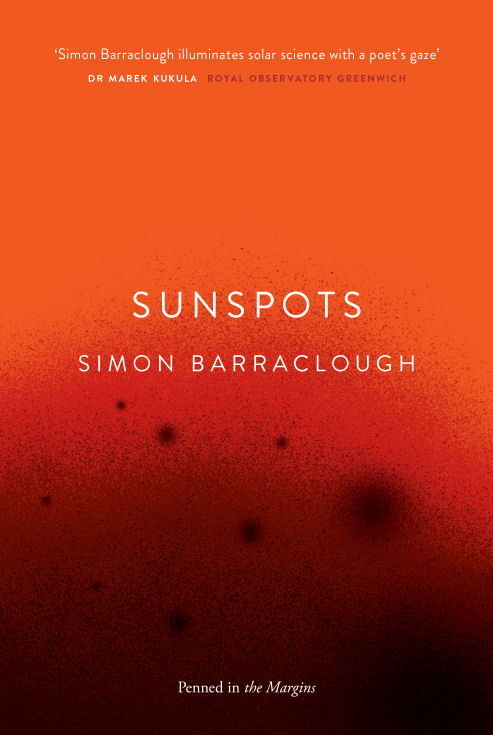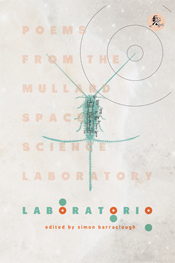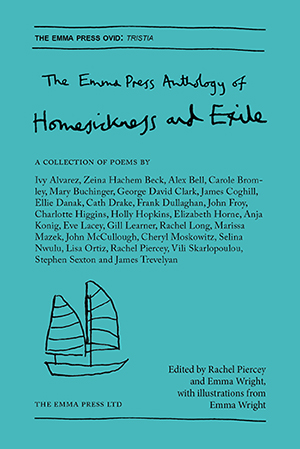Sunspots by Simon Barraclough
– Reviewed by Anja Konig –
The sun is a playful star in Simon Barraclough’s Sunspots, his third full collection: it dresses up, disguises itself, and hijacks other poets’ poems. The book is a sometimes serious, sometimes comical homage to our home star, shot through with variations on themes and forms: the sun in art and literature, the sun in sonnets, haikus, prayers and nursery rhymes.
The sun is our centre: life on earth relies on its energy, and the planets are captivated by its mass. Similarly, Sunspots occupies the centre of gravity in a more multimedia work. This review is focused only on the printed collection of poems.
Barraclough mixes the astronomical and the casual, his deep interest in science and sense of humour shining through. The book starts with a wonderful high-energy morning poem:
The Sun woke me this morning
with a swift kick to the door,
its rays full with a breakfast tray
rattling with silverware,
orange juice and sunny-sides-up,
and crisped toast slathered
with butter fattened on all that grass,
saying “Hey! Budge up,
let me slide in alongside,
it’s a whiteout outside,
the schools are closed,
the roads are glazed in bottle-ice,
no-one’s going anywhere today.”
My favourite poems are those in which the sun plays its everyday role, illuminating, casting shadows, scorching us. A whole relationship emerges out of this short piece: carelessness, yearning, jealousy?
Your careless boyfriend,
half-uninterested,
has left a shape of skin
upon your shoulder
unprotected
unsunblocked.I’ll work all day on that tender, precious spot.
When Barraclough reaches out into space, he sees our star in its place among peers and planets, wistful and funny, taking us for a wild ride.
Could it have known-
as the disc accrued,
as gravity drew all things to itself,
as proto-planets formed
in its skirts,
came spinning like googlies
from the back of the maker’s hand-
that it would have to oversee all this,
the billion years of agony
and bliss
the Sun-kissed flyblown wounds of everything that exists?
Interspersed throughout the book are versions of other poems and works of literature. The sun travels through Shakespeare, Nabokov, Proust, John Berryman, Christopher Smart. Barraclough also takes us on a trip through art history. The sun discloses his (her?) favorite painters – Malevich, van Gogh, Seurat, Miro – in a number of similarly-constructed poems. Another sequence of poems enumerates the planets, reading like nursery rhymes or taunts in a schoolyard. These recurring pieces form a kind of scaffold or set of warp threads for the book. Not all of these scaffolding poems hold their own when read as single works, but I made my peace with them in the context of the complete tapestry of the collection. Perhaps the repetitive forms and themes are more compelling in a looser multimedia setting, in song or image.
At its best, this book is full of energy and wild dangers. The universe is a party, a bar, a movie theatre, a playground with children teasing and counting out the planets. The universe is a bowling alley:
These dark spots: cooler slots
for the fingers of Orion
should he choose to bowl
those ninepins,
the whole danged solar bang shoot,
into the pit




